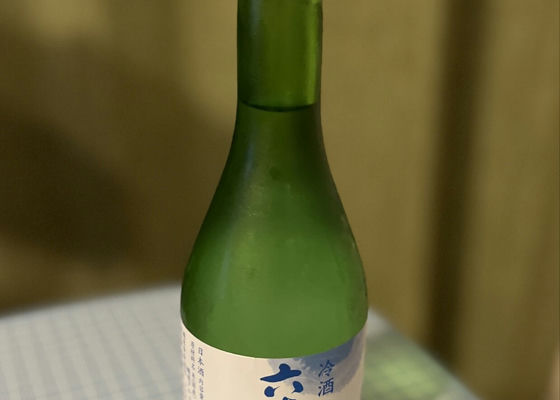
SakenowaRecord your sake experiences and discover your favorites
Registered Date
Check-ins
41Favorite Brands
0Timeline

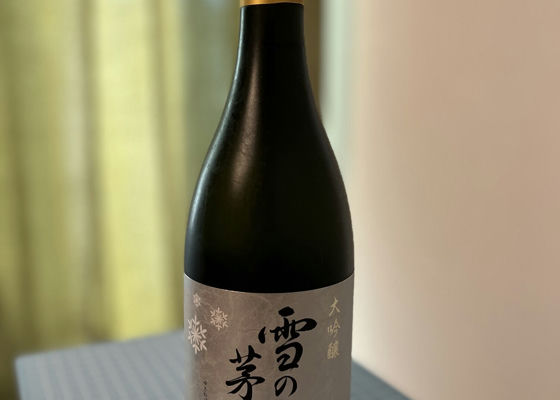
おにぎり🍙
Smooth and soft on the palate.
We prefer to drink it slowly and little by little, in a quantity of about 1 gou.
Japanese>English
Dassai純米大吟醸 磨き二割三分
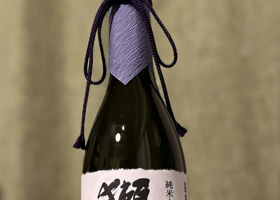
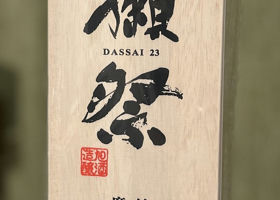
おにぎり🍙
An honor student with a gorgeous mouthfeel.
Japanese>English
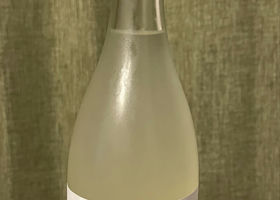
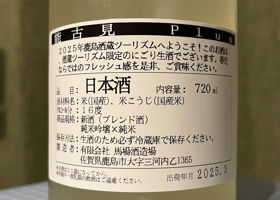
おにぎり🍙
I drank a blended sake for the first time.
Junmai Ginjo x Junmai, nigori raw sake.
The taste is complex at best, and full of freshness.
Japanese>English
Nabeshima愛山 純米吟醸
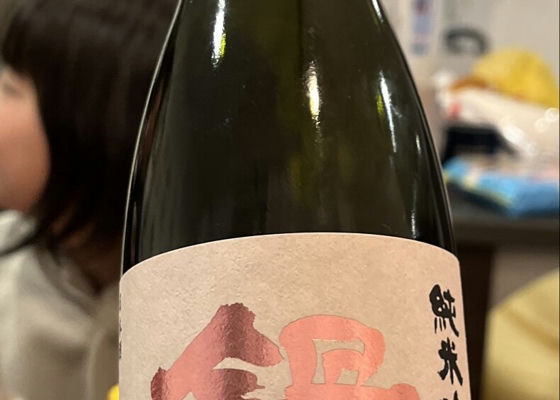
おにぎり🍙
A refreshing drink with a spring-like freshness.
I drank it with soda and finished it in no time.
Japanese>English
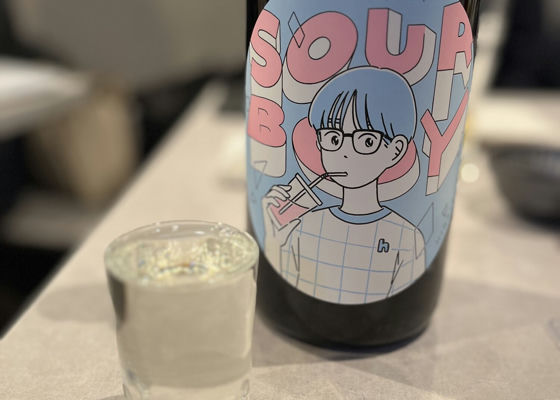
おにぎり🍙
Light, refreshing, and youthful sake.
It is full of enthusiasm for new attempts while preserving tradition.
Japanese>English
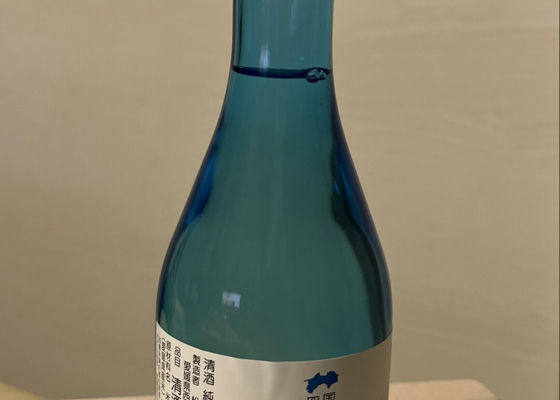
おにぎり🍙
Sake meter: +1 (slightly dry)
Well-balanced taste that is easy to drink with local food.
Japanese>English
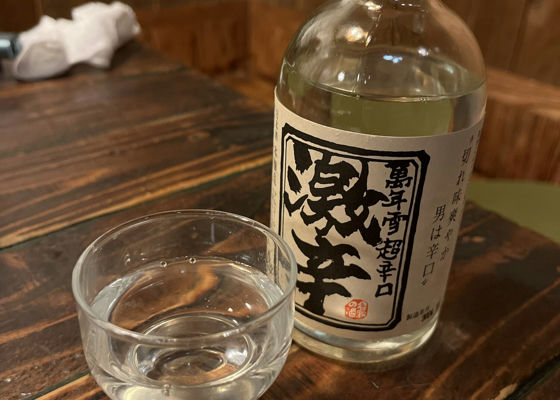
おにぎり🍙
Very spicy! It is not so much hot as it is spicy, and the combination with seafood is perfect!
The famous phrase is ''sharp and refreshing, man is dry''.
Japanese>English
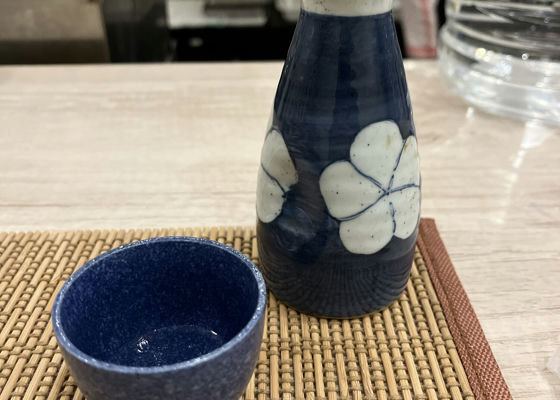
おにぎり🍙
The proprietress recommended this locally brewed sake.
It was served hot.
Japanese>English
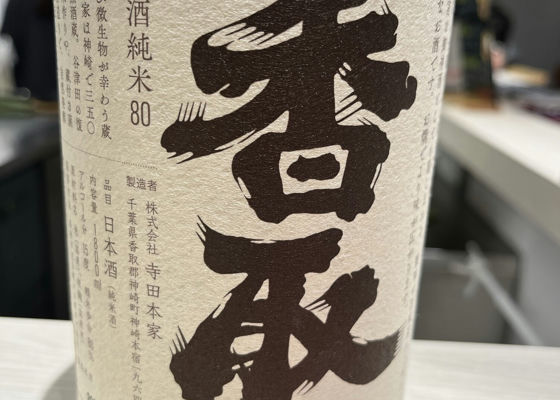
おにぎり🍙
This is a strong acidity.
It has a sharp characteristic that is not found in many other brands, which is desirable.
I think it is similar to the fermentation found in Kagoshima and Okinawa brands.
Japanese>English
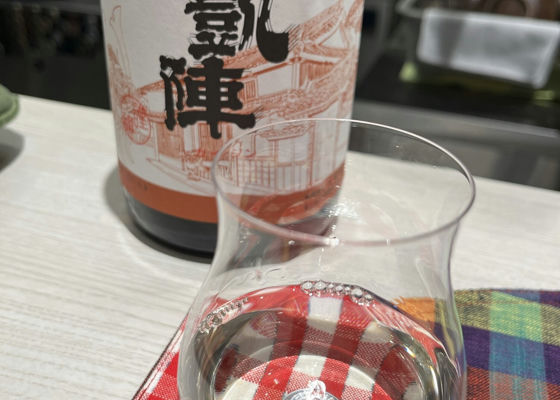
おにぎり🍙
It is said to be read as "yokobi-gaishin" (meaning "joyful person"). It was served cold, but it has a gentle flavor. It has a soft and well-balanced melt-in-your-mouth taste.
Japanese>English
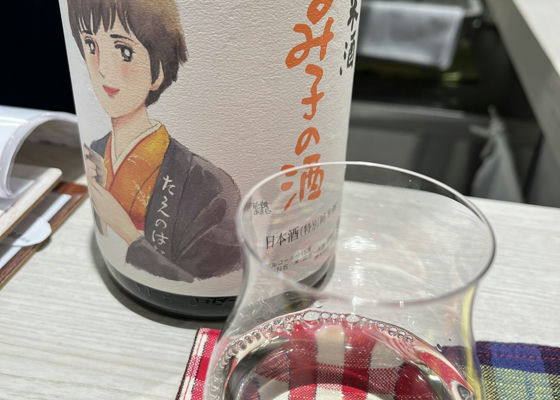
おにぎり🍙
A light drink that can be served as an aperitif or with appetizers. I wondered where I had seen the design before, but it was donated by the author of Natsuko's Sake.
Japanese>English
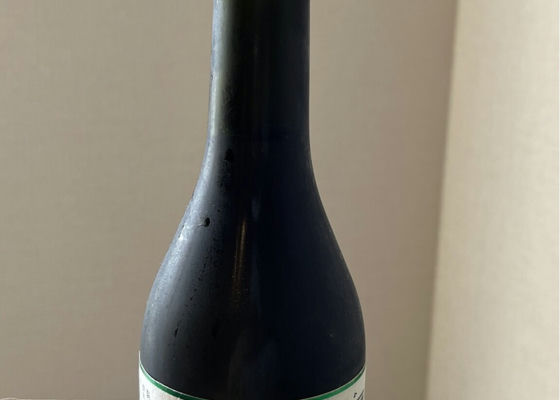
おにぎり🍙
The soft mouthfeel is followed by a dry, crisp taste.
Japanese>English
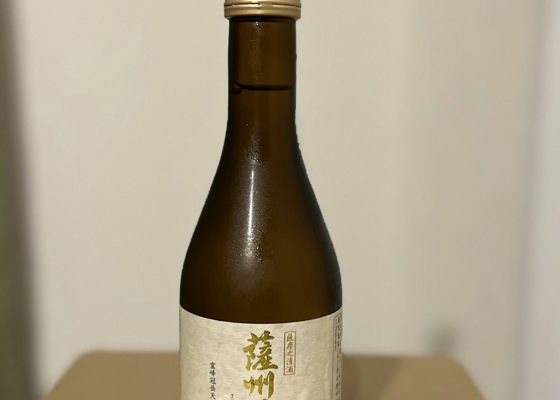
おにぎり🍙
Sake from Kagoshima Prefecture, a shochu powerhouse.
It was easier to drink than the one from Okinawa, but the fermentation and the alcohol were more assertive.
Japanese>English
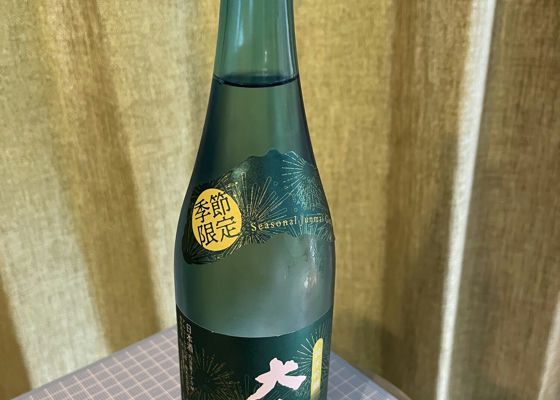
おにぎり🍙
Fluffy and gorgeous mouthfeel. The fruity flavor that has recently become popular stands out. It has the potential to become even more delicious when aged.
Japanese>English
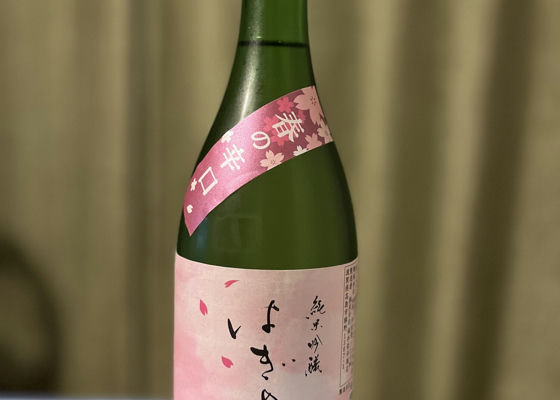
おにぎり🍙
Fresh and soft spring-like mouthfeel.
The young sharpness is pleasant.
Japanese>English
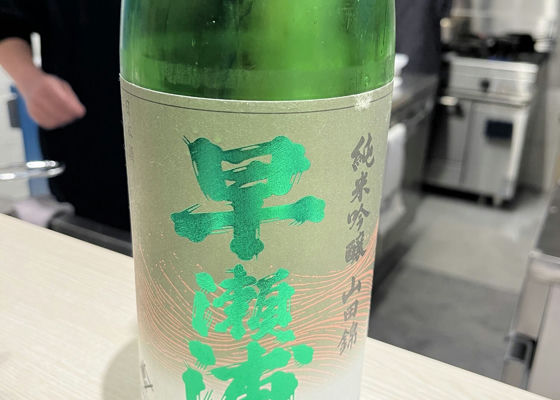
おにぎり🍙
Is this Junmai Ginjo? It has a freshness and deep flavor that makes you think, "What is this, a Junmai Ginjo? It may not be enough for those who prefer dry sake, but it is the best hit in recent years and a bottle that is sure to be a repeat customer.
Japanese>English
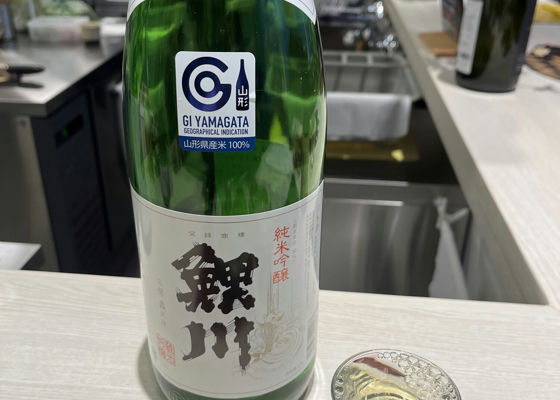
おにぎり🍙
A great sake that does not interfere with food. Surprisingly good with green vegetables. Aged junmai sake that is still firm and crisp.
Japanese>English
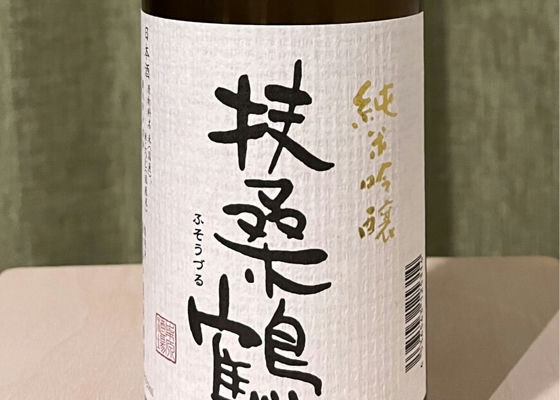
おにぎり🍙
A heavy brand with a slightly stagnant taste.
Junmai Ginjo with a light color.
It is characterized by a firm rice flavor as an aftertaste.
Japanese>English


おにぎり🍙
The sake's name "Moshiri" means "earth" in Ainu language. The label also features an Ainu design, which is pleasing to the eye.
It is labeled dry, but has a well-balanced, classic taste. I don't think it can be classified as either sweet or dry. Please enjoy it with local produce.
Japanese>English